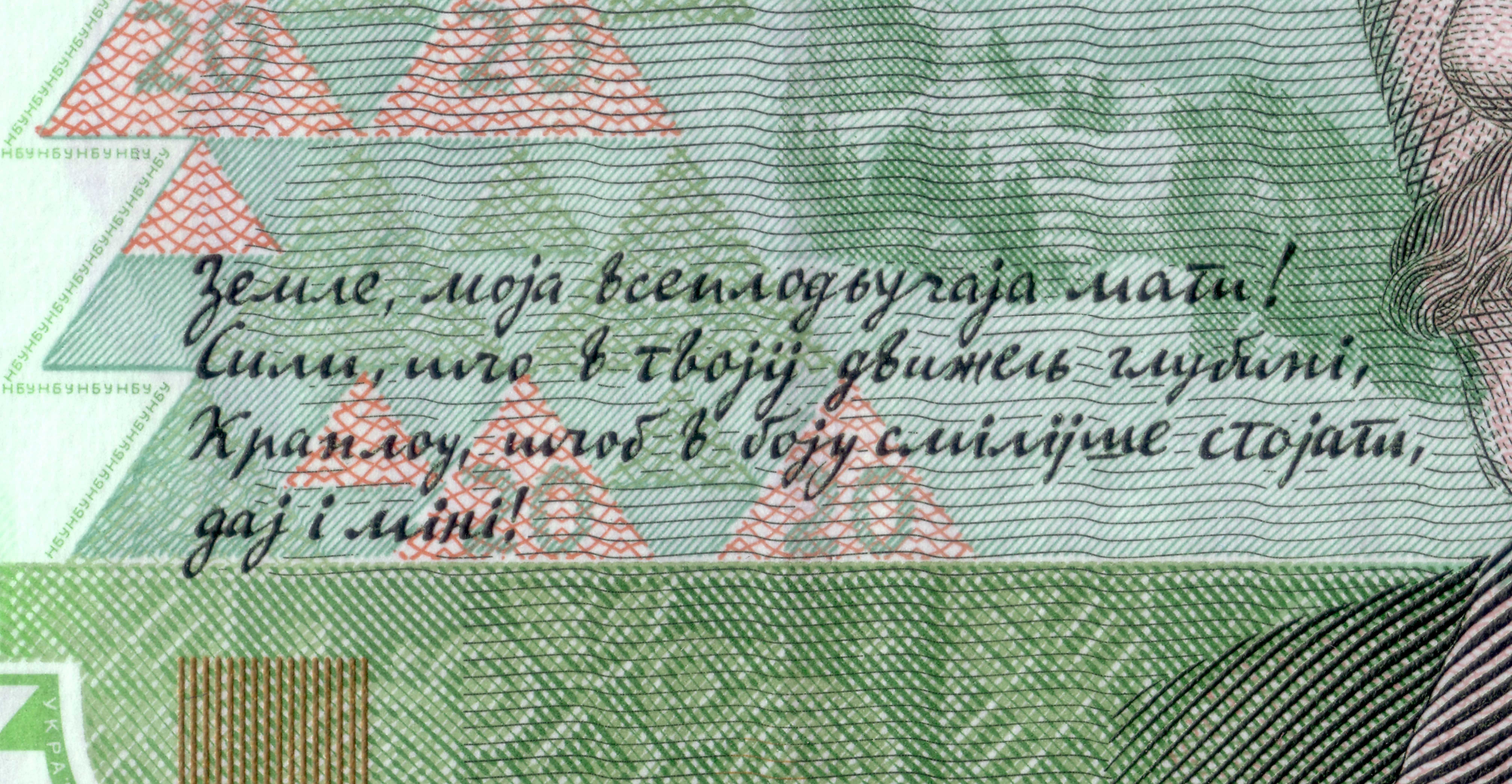Drahomanivka on:
[Wikipedia]
[Google]
[Amazon]
Drahomanivka ( uk, драгоманівка, ) was a proposed reform of the

 The Drahomanivka was based on the
The Drahomanivka was based on the
Drahomanivka
at the Encyclopedia of Modern Ukraine {{Ukrainian orthography Ukrainian orthography Cyrillic alphabets 1870s establishments in Ukraine Culture in Kyiv
Ukrainian alphabet
The Ukrainian alphabet ( uk, абе́тка, áзбука алфа́ві́т, abetka, azbuka alfavit) is the set of letters used to write Ukrainian, which is the official language of Ukraine. It is one of several national variations of the ...
and orthography, promoted by Mykhailo Drahomanov
Mykhailo Petrovych Drahomanov ( ukr, Михайло Петрович Драгоманов; 18 September 1841 – 2 July 1895) was a Ukrainian intellectual and public figure. As an academic, Drahomanov was an economist, historian, philosopher, and ...
. This orthography was used in a few publications and in Drahomanov's correspondence, but due to cultural resistance and political persecution it was never able to catch on.
This phonemic orthography was developed in Kyiv
Kyiv, also spelled Kiev, is the capital and most populous city of Ukraine. It is in north-central Ukraine along the Dnieper River. As of 1 January 2021, its population was 2,962,180, making Kyiv the seventh-most populous city in Europe.
Kyi ...
in the 1870s by a group of cultural activists led by Pavlo Zhytetsky and including Drahomanov, for the compilation of a Ukrainian dictionary. The 1876 Ems Ukaz
The Ems Ukaz or Ems Ukase (russian: Эмский указ, Emskiy ukaz; uk, Емський указ, Ems’kyy ukaz), was a secret decree (''ukaz'') of Emperor Alexander II of Russia issued on May 18, 1876, banning the use of the Ukrainian lang ...
banned Ukrainian-language publications and public performances in the Russian Empire, so cultural activity was forced to move abroad before this reform had a chance to be published.
Zhytetsky named this alphabet the ''Hertsehovynka'', after the influence of the recent Serbian orthography of Vuk Karadžić
Vuk Stefanović Karadžić ( sr-Cyrl, Вук Стефановић Караџић, ; 6 November 1787 (26 October OS)7 February 1864) was a Serbian philologist, anthropologist and linguist. He was one of the most important reformers of the moder ...
, from Herzegovina. But Drahomanov first used it in a publication (''Hromada'', Geneva 1878), and it came to be popularly referred to as the ''Drahomanivka''. It was used in Drahomanov's publications and personal correspondence, as well as in publications in Western Ukraine (Austro-Hungarian Galicia) by Drahomanov's colleagues Ivan Franko
Ivan Yakovych Franko (Ukrainian: Іван Якович Франко, pronounced ˈwɑn ˈjɑkowɪtʃ frɐnˈkɔ 27 August 1856 – 28 May 1916) was a Ukrainian poet, writer, social and literary critic, journalist, interpreter, economist, ...
and Mykhailo Pavlyk (''Hromadskyi Druh, Dzvin,'' and ''Molot'', Lviv 1878). But these publications were opposed by conservative Ukrainian cultural factions (the Old Ruthenians and Russophiles
Russophilia (literally love of Russia or Russians) is admiration and fondness of Russia (including the era of the Soviet Union and/or the Russian Empire), Russian history and Russian culture. The antonym is Russophobia. In the 19th Century, ...
) and persecuted by the Polish-dominated Galician authorities, and the orthography fell into obscurity.
The alphabet

 The Drahomanivka was based on the
The Drahomanivka was based on the phonemic principle
A phonemic orthography is an orthography (system for writing a language) in which the graphemes (written symbols) correspond to the phonemes (significant spoken sounds) of the language. Natural languages rarely have perfectly phonemic orthographi ...
, with each letter
Letter, letters, or literature may refer to:
Characters typeface
* Letter (alphabet), a character representing one or more of the sounds used in speech; any of the symbols of an alphabet.
* Letterform, the graphic form of a letter of the alphabe ...
representing exactly one Ukrainian phoneme
In phonology and linguistics, a phoneme () is a unit of sound that can distinguish one word from another in a particular language.
For example, in most dialects of English, with the notable exception of the West Midlands and the north-wes ...
(one meaningful unit of sound). The letter , which represents the sequence , was replaced by . Palatalization was represented by the soft sign
The soft sign (Ь, ь, italics ) also known as the front yer, front jer, or er malak (lit. "small er") is a letter of the Cyrillic script. In Old Church Slavonic, it represented a short (or "reduced") front vowel. As with its companion, the b ...
, so after softened consonants were replaced with . The semivowel , written , was replaced with the Latin ; the sequences were to be written instead of with the iotified vowels . Due to these changes the hard sign—then written but later as an apostrophe —was superfluous and to be abandoned. The verb ending ''‑ться'' was written ''‑тцьа''.
Examples:
* шчука (щука in the modern orthography, ''ščuka'', 'pike')
* јаблуко (яблуко, ''jabluko'', 'apple')
* свьатиј (святий, ''svjatyj'', 'saint')
* сподівајетцьа (сподівається, ''spodivajet'sja'', 'anticipates')
An example of the use of Drahomanivka was presented on the 2003 Ukrainian twenty-hryvnia
The or ( ; uk, гривня , : ''hrn''; sign: ₴; code: UAH) has been the national currency of Ukraine since 2 September 1996. The hryvnia is divided into 100 . It is named after a measure of weight used in medieval Kievan Rus'.
Name Etym ...
banknote. It shows a fragment of Ivan Franko
Ivan Yakovych Franko (Ukrainian: Іван Якович Франко, pronounced ˈwɑn ˈjɑkowɪtʃ frɐnˈkɔ 27 August 1856 – 28 May 1916) was a Ukrainian poet, writer, social and literary critic, journalist, interpreter, economist, ...
's poem "Veselka", written in the Drahomanivka, beside the poet's portrait:
External links
Drahomanivka
at the Encyclopedia of Modern Ukraine {{Ukrainian orthography Ukrainian orthography Cyrillic alphabets 1870s establishments in Ukraine Culture in Kyiv